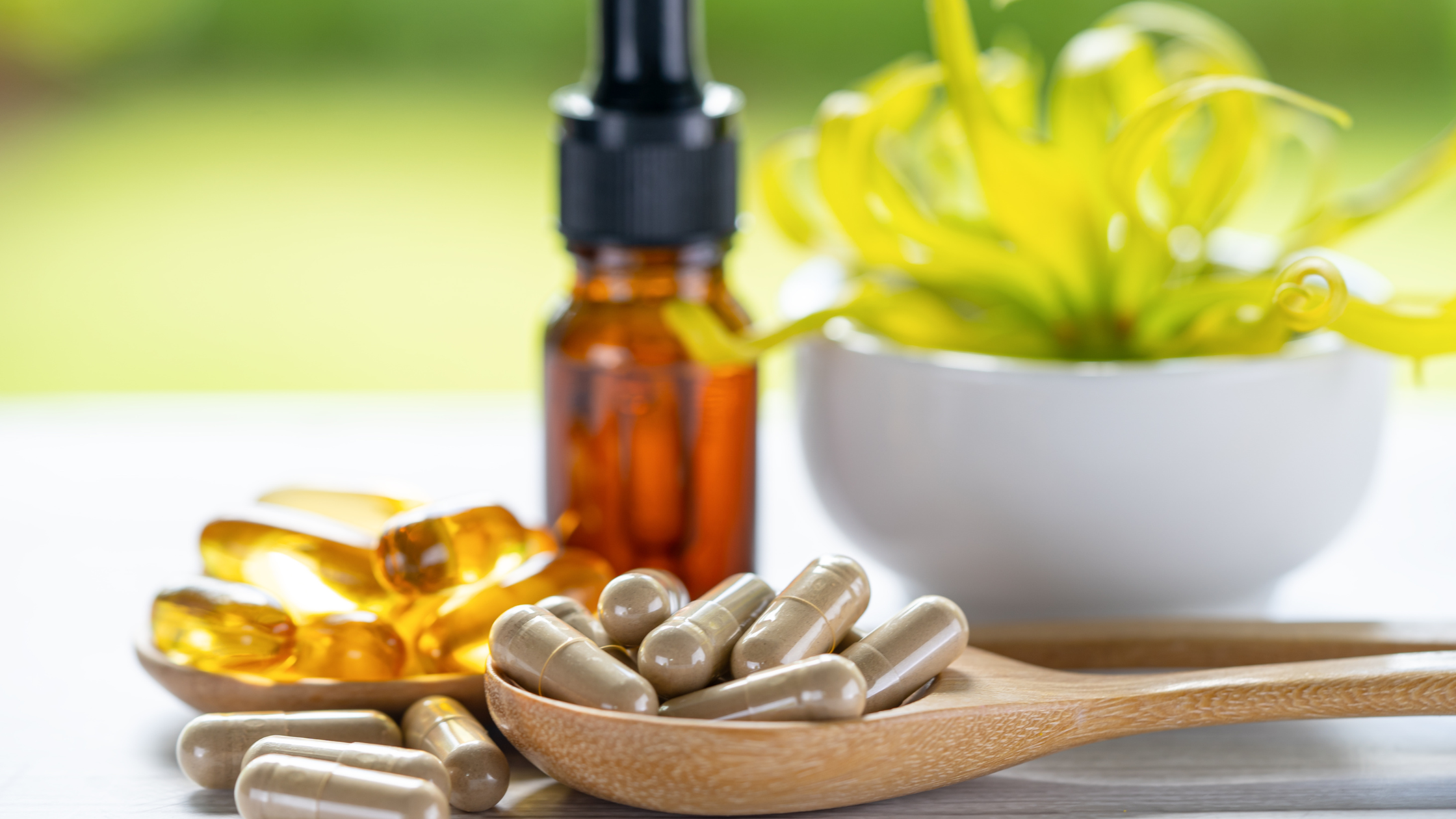


Medically Reviewed By Margaret Etudo. Written By The Vitamins For Woman Team.
Struggling with unexplained skin rashes, headaches, or digestive issues during menopause? It might not be just hormones—it could be histamine intolerance. Let’s learn the connection between histamine intolerance and menopause.

Menopause brings a wide range of physical and emotional changes. From hot flashes and insomnia to mood swings and brain fog, it’s a transition that can feel overwhelming. But what many women don’t realize is that some of these symptoms could also be related to something called histamine intolerance.
Histamine is a naturally occurring compound involved in immune responses, digestion, and the central nervous system. While we all have histamine in our bodies, some people are more sensitive to it—especially during hormonal changes like menopause.
The result? Intensified symptoms that mimic or exacerbate typical menopause complaints. Understanding the link between histamine intolerance and menopause can be a game-changer for symptom relief and overall health.
Estrogen and histamine are closely linked. Estrogen stimulates the release of histamine and also reduces the activity of the enzyme that breaks it down (DAO or diamine oxidase). When estrogen levels fluctuate, as they do during perimenopause and menopause, it can lead to a buildup of histamine in the body.
This buildup may trigger or worsen symptoms like headaches, skin irritation, digestive discomfort, and even anxiety.
For some women, these symptoms may be incorrectly attributed solely to menopause. Now you know histamine intolerance and menopause are related.
If you’ve been having histamine intolerance and menopause, here are ways to manage it.
A low-histamine diet is the first line of defense. Avoid high-histamine foods like aged cheese, wine, processed meats, sauerkraut, and avocados. Instead, focus on fresh, non-processed meats, gluten-free grains, and most vegetables.
Some safe foods include:
Diamine oxidase (DAO) is the main enzyme responsible for breaking down histamine in the digestive tract. DAO supplements can be taken before meals to help reduce reactions to histamine-rich foods.
These supplements don’t cure the intolerance but may significantly lessen symptoms when used strategically with meals.
Quercetin is a plant flavonoid that stabilizes mast cells and helps prevent the release of histamine. It’s found in foods like apples, onions, and berries, and is also available in supplement form.
Vitamin C is another powerful antihistamine that supports immune function and helps break down excess histamine. Regular intake of both can help balance your body’s response.
Since hormonal imbalances can drive histamine intolerance, supporting hormone health is essential. Consider natural hormone-balancing strategies like:
Chronic stress leads to high cortisol, which disrupts histamine metabolism and weakens adrenal function. To reduce stress:
A healthy gut is crucial for managing histamine. Gut imbalances like leaky gut, dysbiosis, or SIBO can worsen intolerance.
Probiotics like Lactobacillus rhamnosus or Bifidobacterium infantis may help, though some strains can worsen histamine symptoms. Work with a practitioner to find the right balance.
Keeping a symptom diary can help you identify specific foods, situations, or phases in your cycle when histamine issues flare up.
Apps and journals that track your meals, moods, and symptoms can be incredibly helpful for long-term management.
Because histamine intolerance is often overlooked, it helps to have expert guidance. A functional medicine practitioner can assess hormonal imbalances, gut health, and your body’s detox pathways.
This approach allows for a customized plan to manage histamine intolerance during menopause more effectively.
While estrogen increases histamine, progesterone helps to counteract it. Unfortunately, during menopause, both estrogen and progesterone levels drop—but not always at the same rate. This imbalance often leads to a situation where estrogen dominates, further stimulating histamine release.
As progesterone declines, women may lose a natural buffer against histamine, making their bodies more reactive to high-histamine foods and environmental triggers.
Knowing and avoiding your personal triggers can help you manage symptoms more effectively.
Do you experience any of these symptoms regularly?
If these symptoms intensify after eating certain foods or around your menstrual cycle (even if irregular), histamine intolerance could be at play.
Yes, fluctuations in estrogen and progesterone during menopause can unmask or worsen histamine intolerance. Estrogen stimulates histamine release, while lower progesterone reduces the body’s ability to buffer it.
High-histamine foods include aged cheese, wine, cured meats, sauerkraut, soy sauce, and avocados. Fermented foods, even though typically healthy, can be problematic for those with histamine sensitivity.
Some women report relief within days of starting a low-histamine diet and using DAO supplements. For others, especially with gut or hormone imbalances, it may take several weeks to notice substantial improvement.
Histamine intolerance and menopause is more common than most people realize. With estrogen fluctuations driving histamine production and a simultaneous decline in the body’s ability to break it down, the perfect storm can lead to uncomfortable, confusing symptoms.
But the good news? Relief is possible. Through diet changes, natural supplements, and targeted hormone and gut support, many women experience significant improvement. Listen to your body, seek expert support, and know that you don’t have to suffer in silence.

medically reviewed by margaret etudo, BPharm. written by the vitamins for woman team.